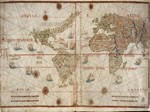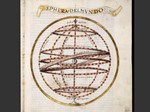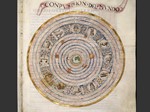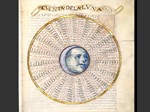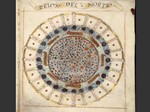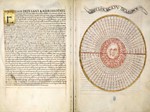Cosmography Compendium
Content: text (59 symbols)
Uploaded: 23.02.2020
Positive responses: 0
Negative responses: 0
Sold: 2
Refunds: 0
$0.99
Pedro de Medina (1493–1567) is known as a cartographer, writer, and founder of the science of navigation. He lived in Seville, the center of Spanish maritime trade and the place from where the ships departed for the New World. He worked under conditions restricted by the rules of the Casa de Contratación (Chamber of Commerce), a Spanish government agency that controlled the exploration and colonization of new lands, although he was not officially its employee. In 1545, Medina published her main work, "El arte de navegar" ("The Art of Navigation"), which was an overview of his current knowledge on this topic. The book gained international recognition and was quickly translated into several European languages. Medina also wrote historical and philosophical books, including Libro de las grandezas y cosas memorables de España (Book of the Great and Commemorative Acts of Spain), Libro de la verdad (Book of Truth), and Crónica de los excelentes señores duques de Medina Sidonia "(" Chronicle of the Radiant Dukes of Medina Sidonia "). "Suma de Cosmographia" (Compendium of Cosmography) is considered an excerpt from the book "El arte de navegar", which contains information on astrology and navigation, intended for the general public. The half-page manuscript on parchment contains 11 beautifully executed astronomical illustrations with accompanying text. The illustrations are carefully drawn and illuminated with gold and bright colors. Capital letters on text pages are written on a gold background. The beautiful "page mappa mundi", illuminated by red, blue, green, ocher and gold, depicts the known world and reflects the state of geographical knowledge in Spain and Portugal of that time. The map shows the border demarcation line between the possessions of Spain and Portugal, established in 1494 by the Tordesillas Treaty.
No feedback yet
